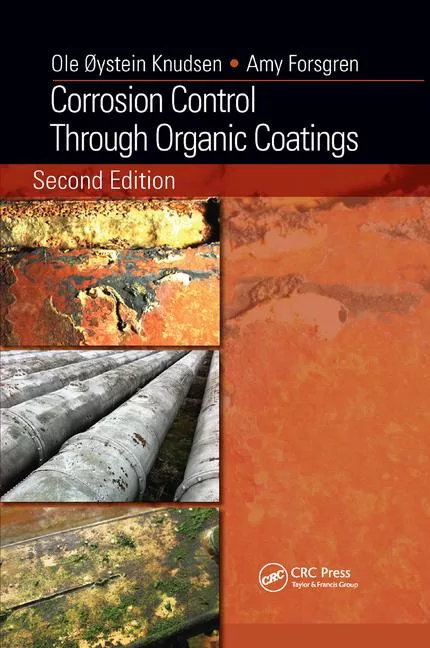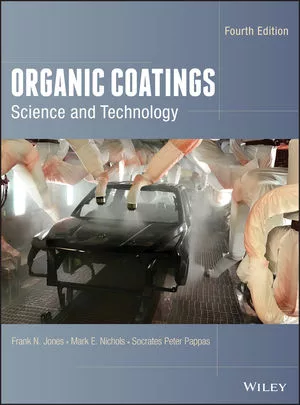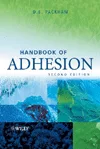Detection of Organic Contamination on Surfaces by Fluorescence Measurement

kynny / iStock / Getty Images Plus via Getty Images
Chemical and filmic residues on surfaces cause quality problems in industrial production processes like coating, bonding, and welding. Increasing quality requirements and the change to more efficient production methods, e.g. adhesive bonding or electron-beam welding (EBW), creates a demand for clean surfaces and its verification. Fluorescence measurement is a suitable and proven non-destructive surface inspection method due to high sensitivity, fast response, and contactless measurement.
Physics of Fluorescence
Fluorescence is a form of luminescence. Luminescence refers to the emission of light after the excitation of atoms or molecules. In case of photon emission (light), it is called photoluminescence.
The mechanism of fluorescence is shown in Figure 1. To stimulate fluorescence, the test surface is radiated with an ultraviolet light source. Molecules of any contamination on the surface absorb the high energetic radiation (1). Excited by the photons, the electrons reach a higher energy level (2, excited state). The excited molecule collides with its environment and releases a small part of the absorbed energy (3).

The remaining amount of energy is now released as emission (4) and the electron returns from excited to its initial state. The emitted photon has a longer wavelength and lower energy than the absorbed light (5). This difference in energy is called Stokes shift.
The emission of fluorescence light occurs diffusely in every direction (like from a point light source) and dies after nanoseconds (10-9 s). The fluorescent characteristic can be lost by photobleaching.
Fluorophore
Fluorophore refers to a functional group within a molecule that is, because of the existence of many π-systems, able to absorb energy of particular wavelengths and to re-emit energy of another wavelength.
In a π-system, two atoms are connected via a double bond, which means both atoms each contribute two pairs of electrons to the bond. Those electrons are easily stimulated to fluorescence. Wavelength and quantity of the emitted fluorescence radiation are dependent on the fluorophore, its amount, and chemical surroundings.
Fluorescein, an important fluorescence dyestuff, is shown in Figure 2. Fluorescein contains many double bonds and because of that, shows a pronounced fluorescence.
The fluorescence efficiency of a fluorophore is characterized by the quantum yield Q. It specifies which share of the intensity of the absorbed energy can be emitted as photon.
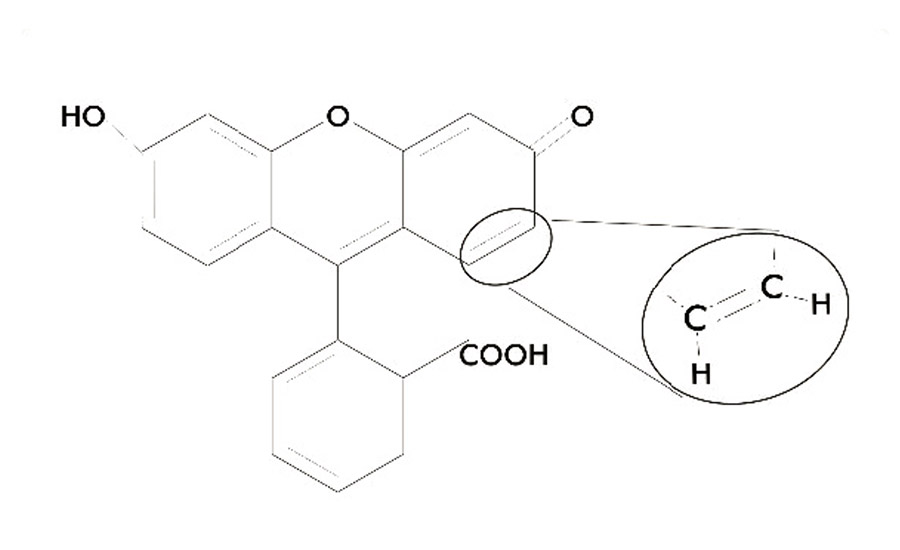
Fluorescence of Contamination
The fluorescence of indirect production materials, like metalworking fluids, is based on aromatic ring systems that are contained as additives, or on the unsaturated structures of oil and grease. Fluorescence measurement can detect very low amounts of residual contamination. Even fingerprints that consist of less than 2% sebum can be measured.
The excitation and detection wavelengths of the SITA fluorescence sensors with 365 nm and 460 nm (marked violet and blue in Figure 3) were optimized to detect indirect production materials within the industrial manufacturing of parts. These include cooling and cutting lubricants, greases, anti-rust oils, and release agents.
Depending on the measurement device and the contaminant or coating, residual amounts from 10 mg/m² and lubrication films from 10 g/m² or higher can be detected. Figure 3 shows the fluorescence spectra of three different processing oils.
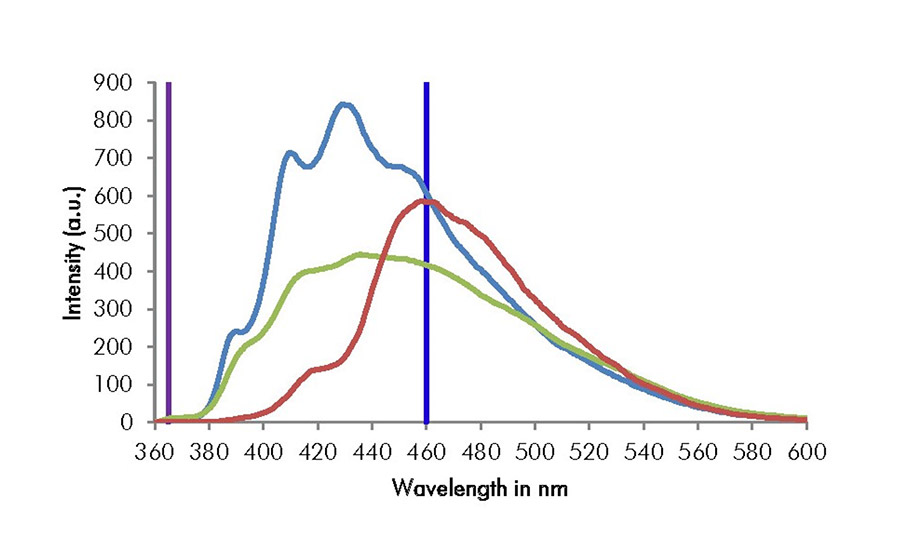
Fluorescence of Substrates
Metallic and many ceramic surfaces do not fluoresce. Depending on impurity ions, matrix, and processing, fluorescence is possible on glass. The tendency of other materials such as paper, textiles, or plastics towards fluorescence is considerably stronger due to their complex structure of organic molecules.
Fluorescence Sensors and Measurement
SITA Messtechnik GmbH from Germany is the leading vendor of fluorescence measurement devices for surface inspection in industrial applications. The highly integrated opto-electronic sensor design (Figure 4) uses high-power UV LEDs and lenses to create a collimated high-intensity irradiation of the surface. The emitted radiation is optically filtered, and its intensity is determined by a sensitive detector (photo-diode). Based on a reference calibration standard, the raw detector signal is converted into a normalized measurement value, taking into account the controlled excitation power and the ambient light level.
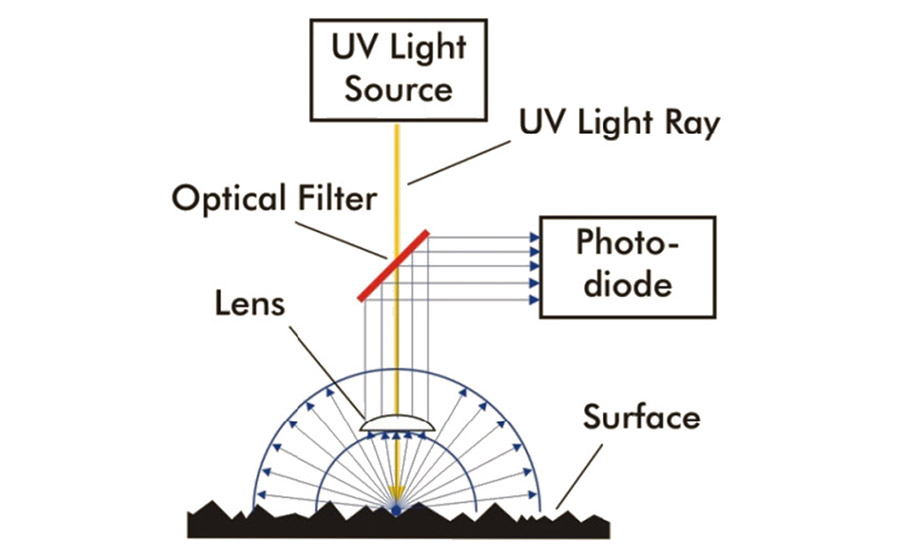
The measured quantity is the relative fluorescence intensity stated in the arbitrary unit RFU (Relative Fluorescence Unit) defined by proprietary inorganic solid-state fluorescence reference standards.
Applications
Fluorescence measurement is an indirect method to receive quantitative results of the amount or layer thickness of organic material. Pass/fail limits are defined, depending on the specific contaminant and the subsequent processing, based on the interference potential of different material to a specific process and its parameters. By processing different quantified cleanliness states and typically destructive testing (cross-cut, pull-off test, corrosion, cross-section), limits can be determined.
The fluorescence measurement devices can be used optimally at the production process and are an excellent supplement to analytical laboratory methods for contamination analysis. A common application is to set up or optimize new or existing cleaning processes. The results of process parameter variation can be evaluated in real time. A further advantage of the method: functional surfaces can be selectively inspected and the contaminant's distribution on the surface can be shown.
Inspection of Die-cast Housings Before Adhesive Bonding/Sealing
Aluminum die-cast housings are used in the automotive industry, for example for engine control units (ECU) and steering gear housings. Residues of release agents from the casting and cooling lubricants from machining reduce adhesion of adhesives. Quality issues are adhesive failure, corrosion creep, and leakage that destroy the electronics or durability of mechanical gear parts. Beside handheld units, automated test benches and inline systems for 100% inspection directly before the dispensing station can be installed.
Inspection of Gearbox or Turbocharger Components Before EBM
Rods and wheels are automatically joined by laser or electron-beam welding. In case of organic residues like anti-corrosion and machining oils, the welding seam is affected by pores. The thermal process burns the residues; gas is formed and is embedded in the melted material. Depending on pore number and size, strength and tightness of the weld are decreased.
Inspection of Electrical Wires After Stripping and Terminals Before Friction Welding
The insulation of electrical wires is removed by lasers. Residues of the PVC insulation increase the electrical resistance. Different laser parameters result in poor quality (where 200 RFU was measured) and high quality (where 6 RFU to 9 RFU was measured). The original insulation was out of range (> 4,000 RFU). In production, the proper working of the laser stripping system can be verified. Electrical terminals and wires are connected by friction or ultrasonic welding. Lubricant residues interfere with the welding process and reduce the electrical connection’s quality.
Inspection of Valves in Medical Technology Industry
A producer of valves for medical technology had to fulfil a customer's specifications of the maximum amount of cutting oil residues of 25 mg/m². Based on a calibration curve (Figure 5), a maximum value of 5 RFU was defined as an acceptable level to pass the customer's requirement.
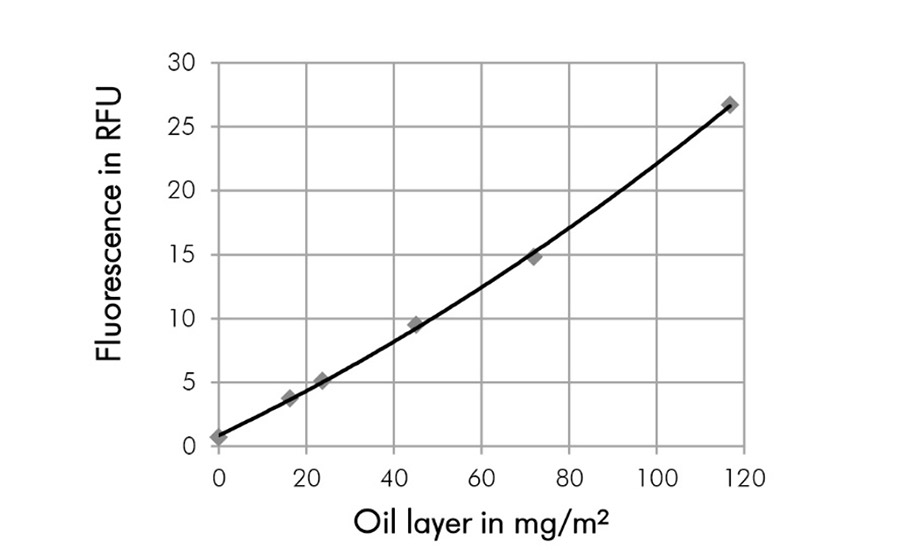
Conclusion
The phenomenon of fluorescence can be used to accurately detect and quantify the presence of organic contaminants on surfaces. Instruments are available to measure the contamination, which are non-destructive, non-contact and give a result almost instantly. They are suitable for use in a production or engineering environment, to evaluate cleaning processes and supplied parts prior to various joining or coating applications.
SITA Messtechnik GmbH has over 10 years of experience in development, production, and worldwide application of handheld device and integrated inspection systems using this technology for industrial manufacturing applications. The SITA CleanoSpector is an easy-to-use handheld non-destructive metal cleanliness test instrument used for measuring organic contamination such as oil, grease, coolants, release agents, and cleaning fluid on metal surfaces. There are instruments that can be used in-line for continuous process control.
SITA Messtechnik GmbH's products are distributed in the UK and Ireland by Intertronics under the Dyne Testing brand. Learn more at https://dynetesting.com.
This white paper is based on an abstract to a conference speech at the 12th European Conference for Non-Destructive Testing in Gothenburg, Sweden, June 2018.
Images courtesy of SITA Messtechnik GmbH.
Looking for a reprint of this article?
From high-res PDFs to custom plaques, order your copy today!




.webp?height=200&t=1704834340&width=200)
